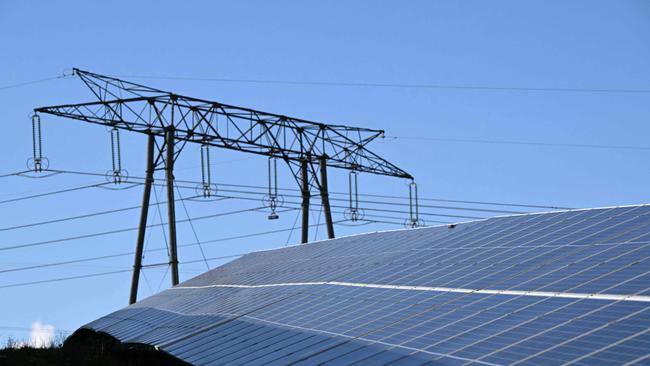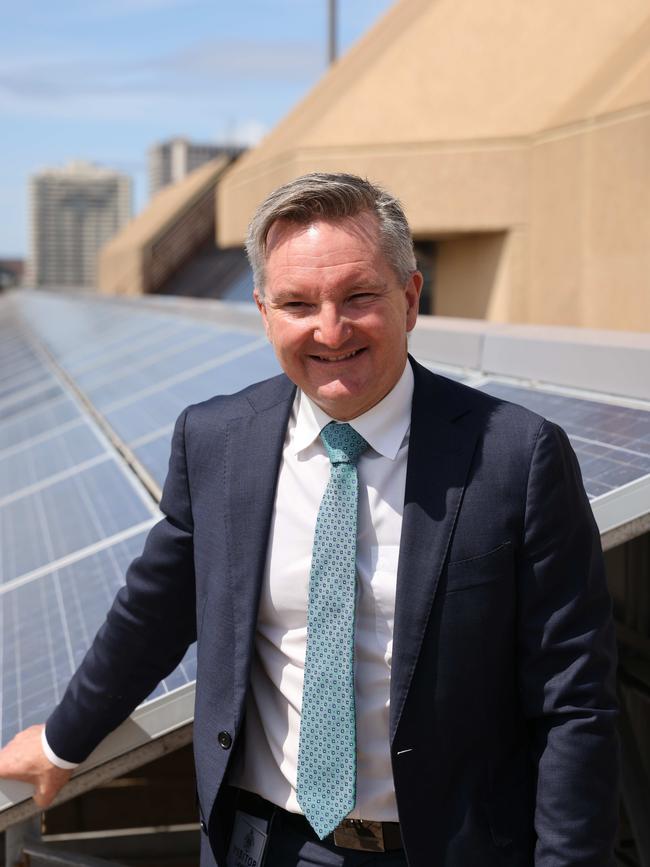The financial reasons solar power at home is a real winner

But what about the economics of solar for an individual household, and more recently, solar battery storage? Does it make financial sense to install a solar system on your roof and buy a battery to store this energy?
The answer really depends on a lot of things – different parts of Australia will have varying levels of solar radiation, which affects the generating potential of a system.
It is highest in the northern and western parts of Australia but, overall, as a country we are in the top quartile of solar energy generation potential in the world.
The federal government’s geoscience department says: “Australia receives an average of 58 million PJ (petajoules) of solar radiation per year, approximately 10,000 times larger than its total energy consumption.” In other words if we tiled the country with solar panels, our full electricity needs could potentially be met by solar, albeit with batteries required to store the energy for use at night and during cloudy days.

Another factor that influences the efficiency of solar is your usage pattern. If you work from home you will consume more energy during daylight hours compared with someone who works nine to five away from home then comes home and consumes energy at night.
Similarly, the weather will affect your ability to generate solar power. In Melbourne, statistically there is a 50 per cent chance it will be cloudy. And in winter, solar generation decreases across the country due to the earth’s tilt away from the sun, leading to a lower sun in the sky and a suboptimal angle for solar panels to harvest the available sunlight.
Assessing the solar financials for an average household, a 6.6kW solar system is a popular choice and will cost anywhere from $3000 to $10,000. Assuming $7000 total installation cost, 30c kWh electricity cost from the grid, 7c credit for energy exported back to the grid and 30 kWh electricity consumption per day, the payback period for the average solar system for the average household is about five years and should last 20 to 30 years.
Federal and state government programs can help to reduce this payback period, with NSW for example offering a Rebate Swap for Solar program, which allows low-income households to receive a free 3kW solar system, and there are federal and state rebates to install solar panel systems.
Digging deeper into the numbers, under our example about $3 per day is the reduction in the electricity bill and $1 worth of power is exported back to the grid – so the resulting electricity bill reduces to about $150 per month.
To get the electricity bill closer to zero, we have to appreciate that depending on where you live, average sunlight hours in a day will vary from four to seven hours, which means that only 20 to 30 per cent of the time the solar panels will be useful after clouds and nights are taken into account.
This is where a battery comes in. The idea is to harvest the sun during the day and enjoy the stored energy during the night. The problem though with the solar battery today is the cost. A Tesla Powerwall 2 with a 13.5kWh capacity will set you back around $13,000, almost double the cost of your solar system and taking the total solar and battery pairing to more than $20,000.
But instead of that $1 worth of solar being exported each day back to the grid, this energy could instead be stored in a solar battery and used at night, reducing the power bill to under $100 per month and sometimes to zero.
The resulting payback period for battery storage is eight to 12 years. Considering the life of a battery is anywhere from 10 to 20 years depending on conditions such as the climate and total charge and discharge cycles, after the 10-year warranty expires the battery should still hold approximately 80 per cent charge. However, if you are unlucky and your battery dies after 10 years, then you may actually be at a loss given it is still within the average payback period band.
Household solar panels have been around since the 1970s but it has only been in the past 20 years that costs have reduced and efficiency has increased to the point where they are economically viable for the average household.
After the five-year payback period, the solar panels will still continue to provide energy price relief for a further 20 years or so on average, although the inverter may have to be replaced during this period. Solar batteries on the other hand were introduced less than 10 years ago and still do not have a compelling cost-benefit analysis compared to solar panels.
As such the message is clear, solar panels are a clear winner in Australia while battery storage is a “nice to have”, but still has a long way to go in terms of efficiency and cost to make it more appealing to the average homeowner.
James Gerrard is principal and director of Sydney planning firm www.financialadvisor.com.au







Australia is the sunniest continent in the world. So it should not come as a shock that we have the highest per capita rooftop solar panels in the world, with 15 per cent of our electricity needs met by solar, compared with less than 5 per cent in the US.